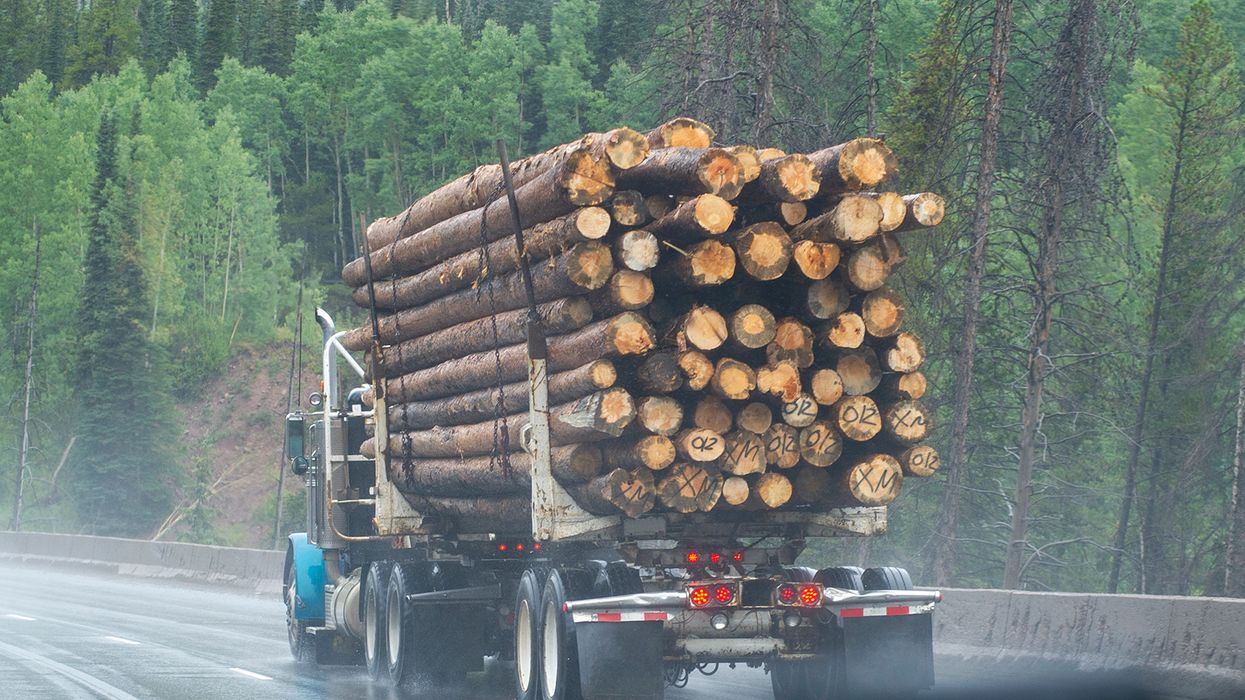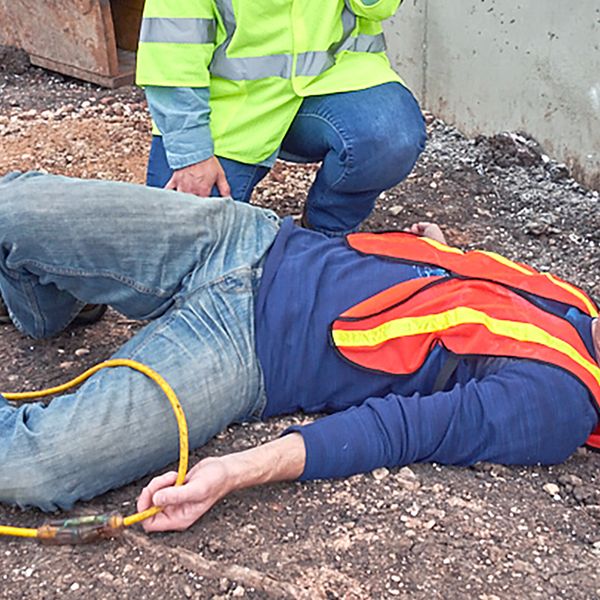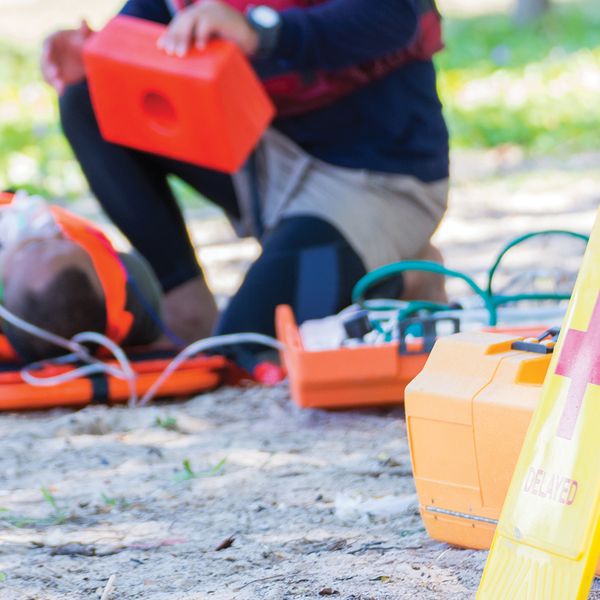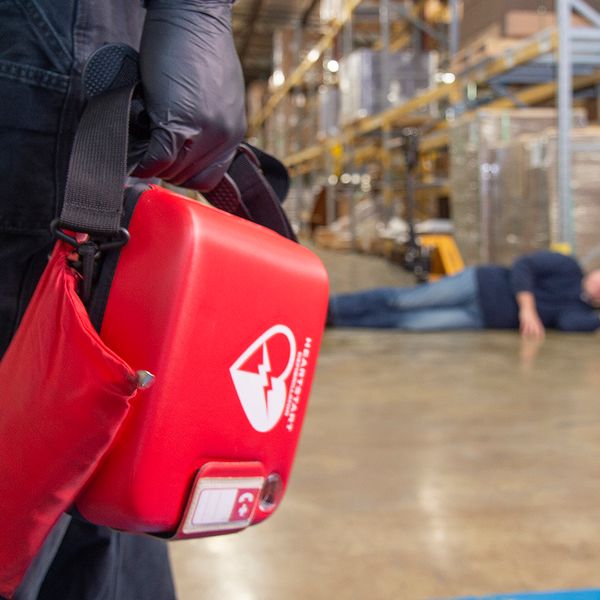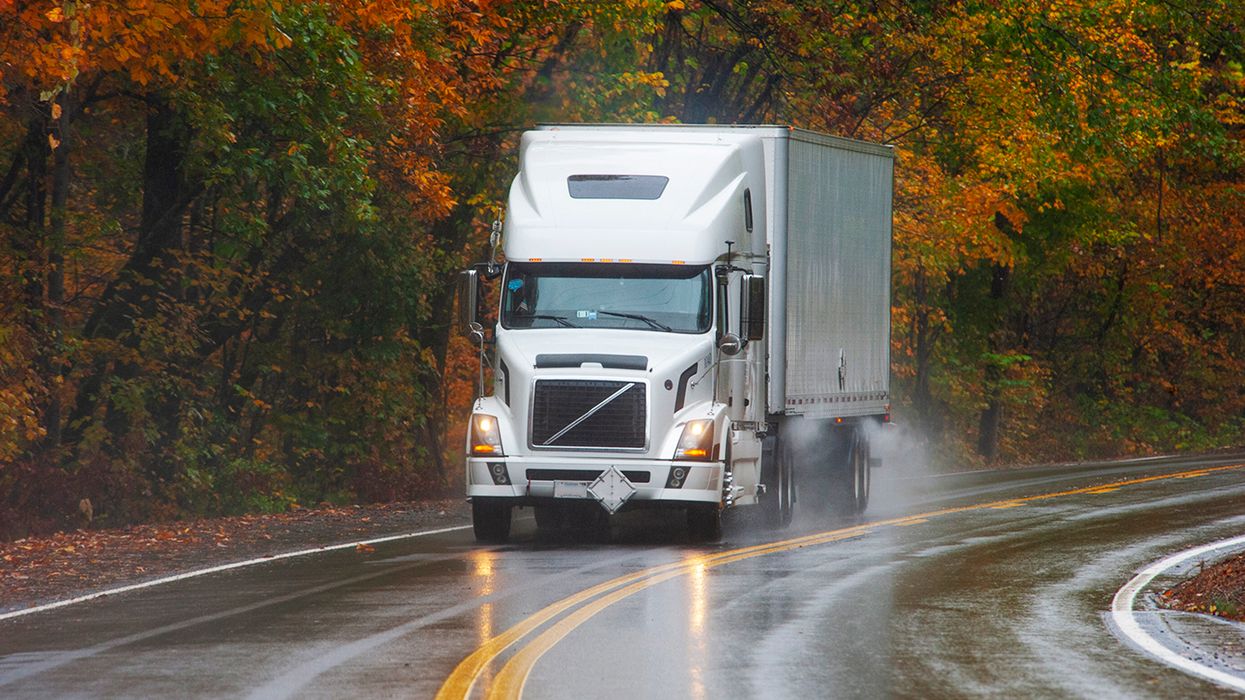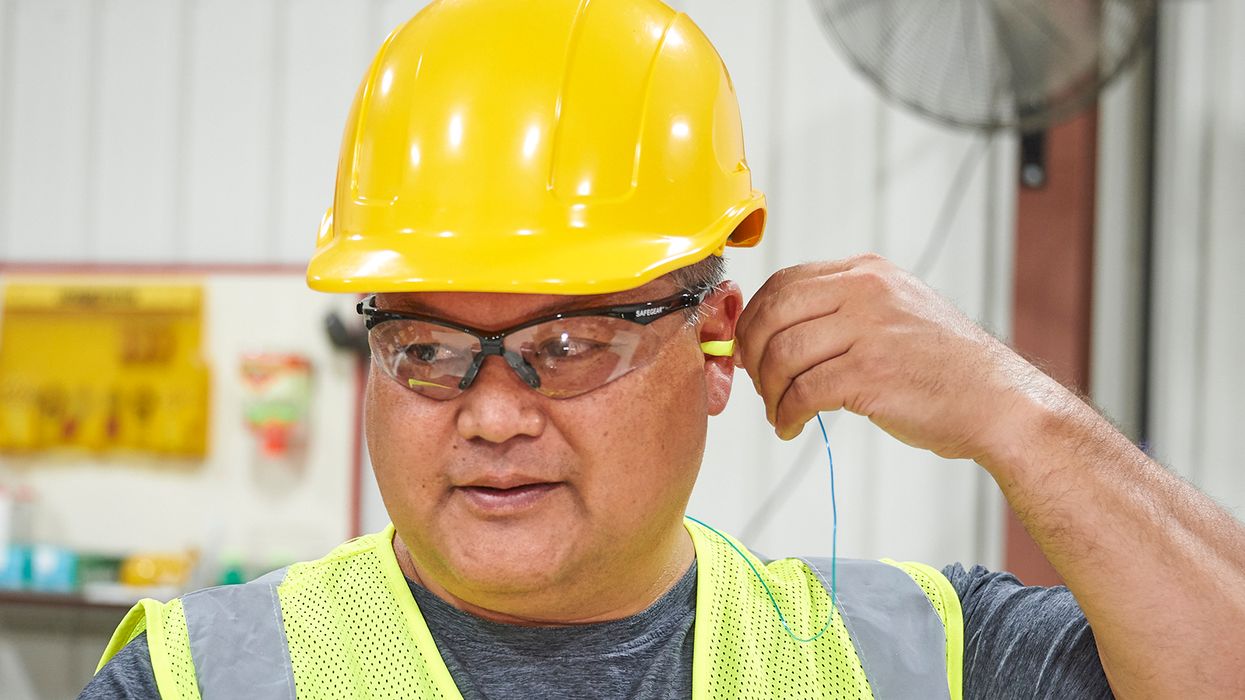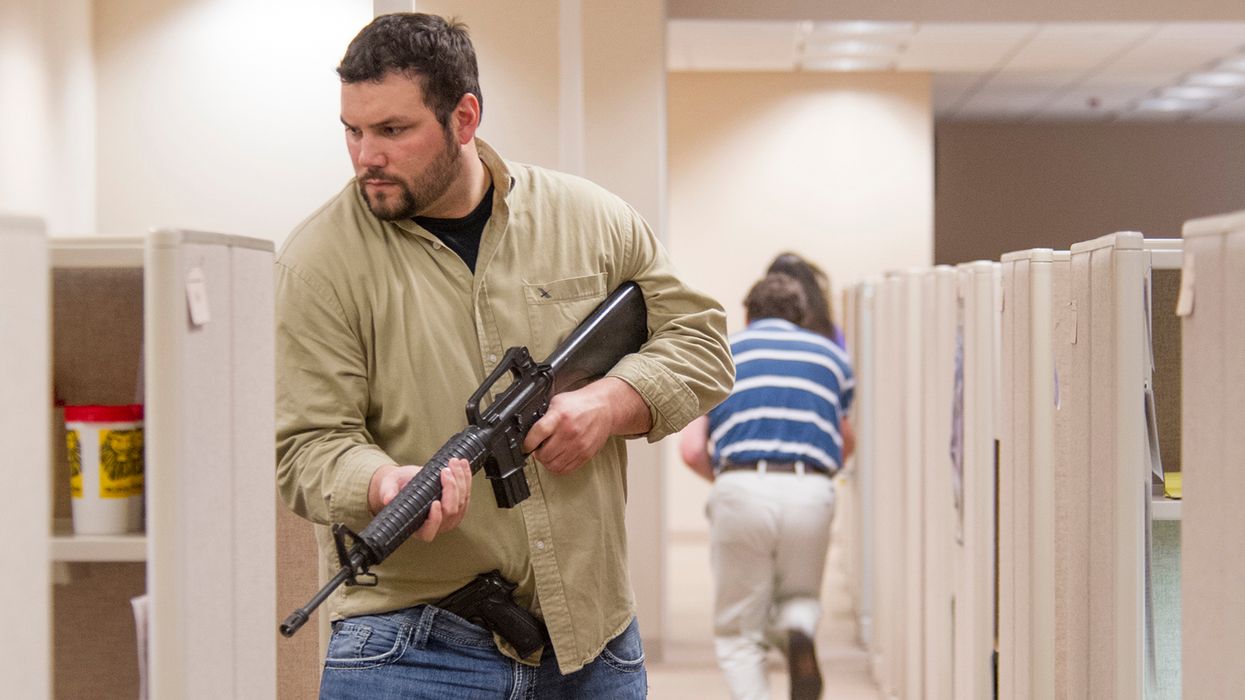Does your industry require CPR along with first aid training?
With remote work becoming more common, online training may be the best way to reach some employees. However, online training alone is not sufficient for first aid and CPR. OSHA clarified that bandaging and CPR are physical skills that require hands-on training.
Not every employer needs someone trained in first aid, but some employers must have one or more workers trained in both first aid and CPR. These include logging operations, electric power generation, and telecommunications. In addition, employers with permit-required confined spaces must ensure that at least one member of the rescue team is trained in first aid and CPR.
To identify the need for on-site trained responders, employers must evaluate the potential hazards and the availability of outside emergency responders.
Risk assessment
A lower-risk environment like a sales office in a city should have a low potential for serious injuries, and should have ready access to emergency responders by simply calling 911. Even so, OSHA recommends (but does not require) that every workplace include one or more employees who are trained and certified in first aid, including CPR.
A higher-risk environment like a factory in a rural area may have the potential for life-threatening injuries, and emergency response times could be 20 minutes or more. In that environment, on-site responders may be essential, and some employees should receive training in first aid and possibly CPR. The number of on-site responders needed depends on the size of the establishment, number of shifts, and need for coverage. Employers must determine how many trained responders are necessary.
Finally, some workplaces require having responders trained in both first aid and CPR, such as logging and telecommunications. In those industries, employees tend to work in remote locations with a high potential for life-threatening injuries. Direct access to trained responders helps ensure that injured workers can get immediate treatment to stabilize them, such as controlling bleeding or treating shock.
Training needs
While OSHA doesn’t specifically require first aid refresher training, the American Heart Association encourages skills review and practice sessions at least every six months for CPR and AED skills.
Note that trained employees who are also expected to respond to incidents will have “occupational exposure” to blood or other potentially infectious material, and therefore require training under OSHA’s Bloodborne Pathogens Standard, which does require annual refresher training.
Key to remember: Employers in some industries must train responders in both first aid and CPR, and should provide refresher training as needed.

